THE EPOCH OF LONGING
From the end of the 18th to the middle of the 19th century, there were significant changes in society.
The industrialization resulted in the migration from the countryside to the cities and in the urbanization of the people. The French Revolution and Napoleon waged wars across Europe.
During this dangerous time, people longed for a long gone, better world that one believed to find in tales and legends, songs and myths of the Middle Ages. At the same time, increasing education amongst the citizens paved the way for art and literature – the feeling of longing and love was put into expressive words.
Romanticism left behind enduring traces
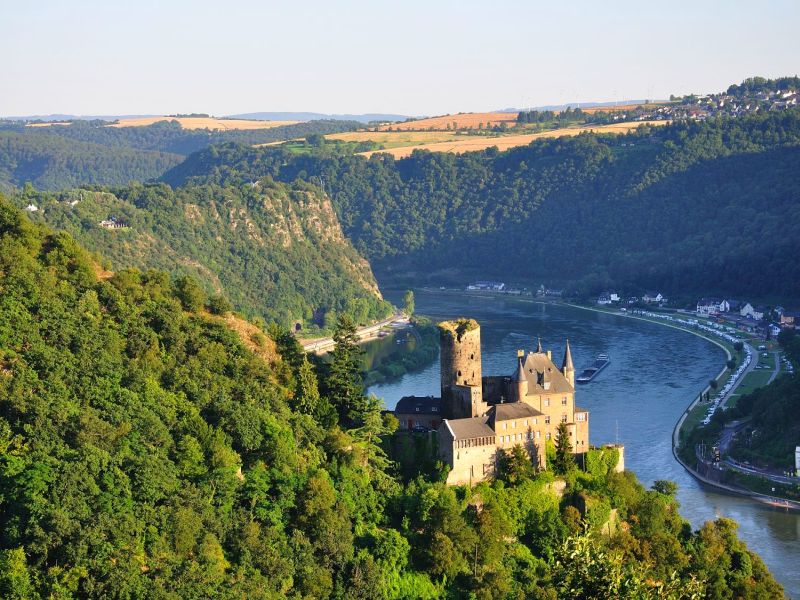
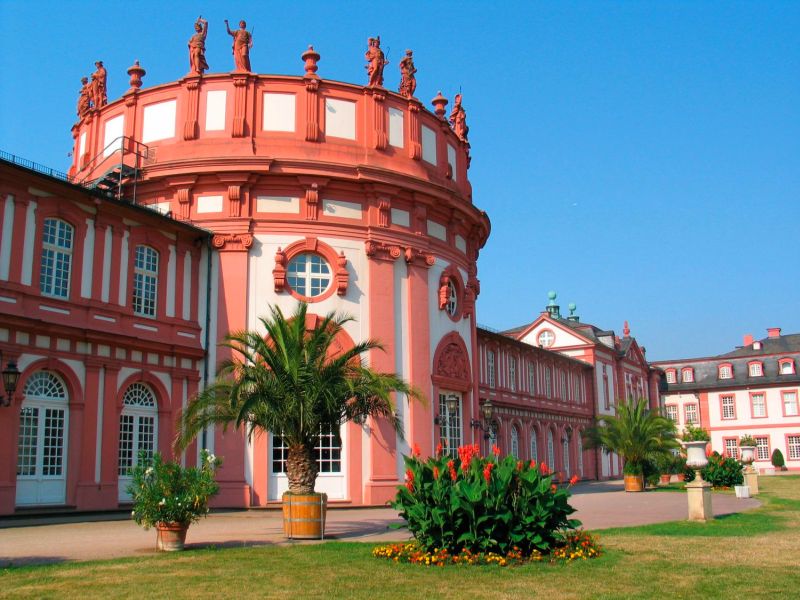
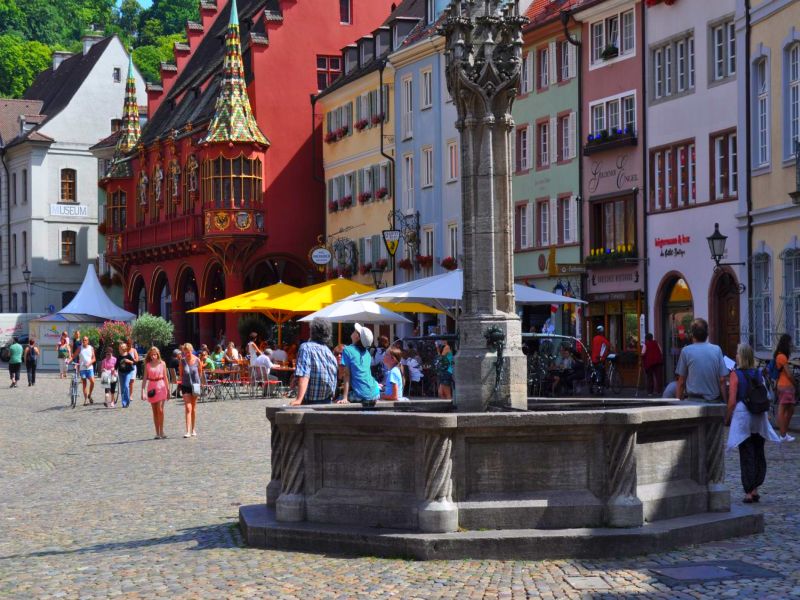
The revolutionary years towards the end of Romanticism led to the German Imperial Constitution of 1849. This catalog of fundamental rights influenced the constitution that was passed by the Federal Republic of Germany in 1949.
Today, the effects of Romanticism can be seen in other respects as well. Significant literary creations, musical works and stage plays from that era are still present on a wide scale. Many theaters, museums and parks came into existence during the epoch of Romanticism.
The idea of a cultural heritage was formed at that time and shaped the emotional relationship of many German poets to historic cities, forests and landscapes to this day.
Koblenz is the ideal starting point for your discovery of the Middle Rhine Valley.
The city inspired the Rhine romantics and is nowadays part of the UNESCO World Heritage.
Where the Loreley(Loreley Rock) is at home, you can enjoy dreamy cruises on the snow-white boats on the Rhine River or enjoy a walk on the beautiful forest paths to one of the many picturesque castle ruins.
Wiesbaden invites you to follow the traces of the most significant composer of Romanticism: Richard Wagner used to live in the district of Biebrich for several years and composed parts of his opera “The Mastersingers of Nuremberg” here.
A spiritual movement that spread from Germany out into all European countries

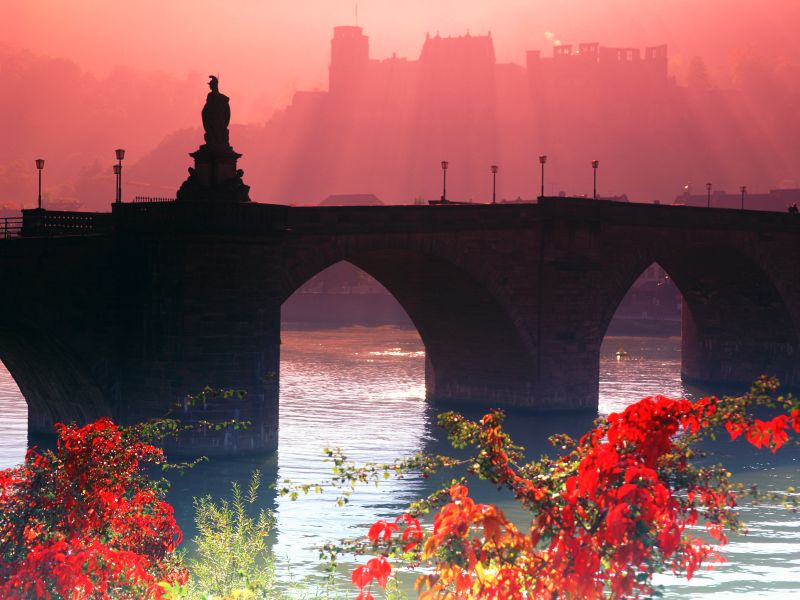
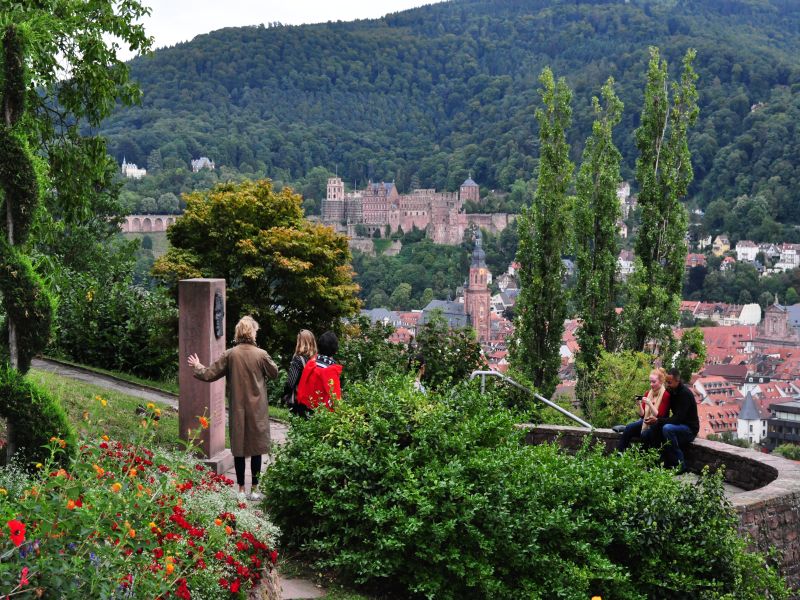
One of the most manifest movements was the Rheinromantik (Rhine Romanticism) that had its origin in cities like Bonn and Koblenz in 1812.
It was here where Friedrich Schlegel, Achim von Arnim and Clemens Brentano believed to find pristine nature and perceived the many castle ruins as silent remains of the misty, romantic Middle Ages. William Turner represented the landscape at the confluence of Rhine and Moselle in his famous paintings.
Koblenz is the ideal starting point for your discovery of the Middle Rhine Valley. The city inspired the Rhine romantics and is nowadays part of the UNESCO World Heritage. Where the Loreley(Loreley Rock) is at home, you can enjoy dreamy cruises on the snow-white boats on the Rhine River or enjoy a walk on the beautiful forest paths to one of the many picturesque castle ruins.
Wiesbaden invites you to follow the traces of the most significant composer of Romanticism: Richard Wagner used to live in the district of Biebrich for several years and composed parts of his opera “The Mastersingers of Nuremberg” here.
Heidelberg is considered the epitome of German Romanticism. This city with its fairytale like castle ruins high above the Neckar inspired many great poets. Achim von Arnim and Clemens Brentano worked on their edition of “Des Knaben Wunderhorn” (lit. “The Youth’s Magic Horn”), a collection of German folk poems.
In his poem “Einzug in Heidelberg” Joseph von Eichendorff expressed the attitude towards life of that era with great sensitivity. The Philosophenweg (Philosopher’s Walk) high above the city invites you to follow the thoughts and feelings of these famous men.
The most southern city of German Romanticism is Freiburg, located right on the border to France. The revolutionary spark of democratic revolts in the neighboring country flew over to Freiburg and Baden at first. In 1848, the Cathedral Square became one of the scenes of the “Baden Revolution”. The people called for national unity and used as a symbol for the first time today’s national colors of Germany – Black, Red and Gold.
© Image Rights: Heidelberg City of Romanticism/Old Bridge – Heidelberg Marketing

